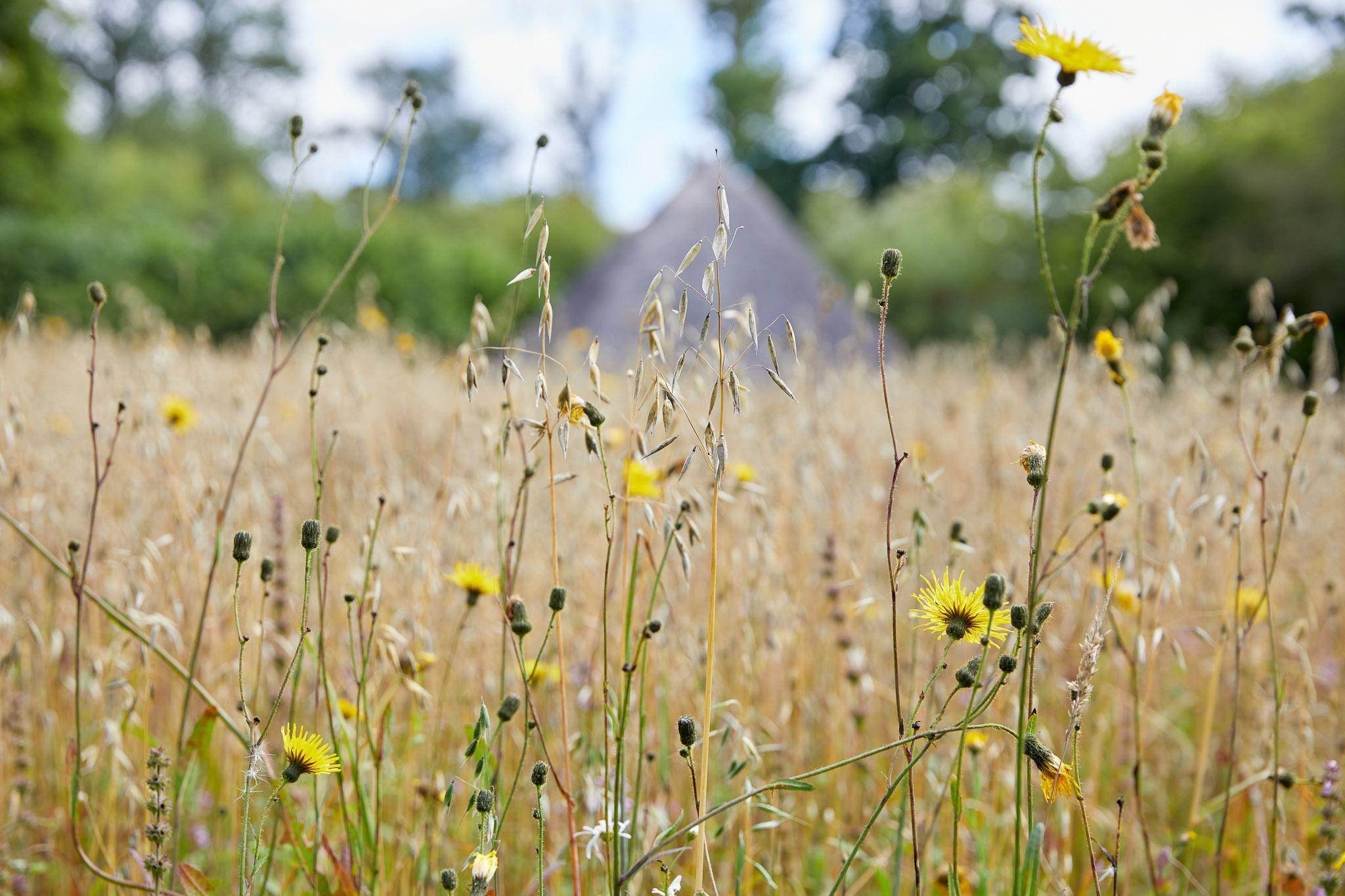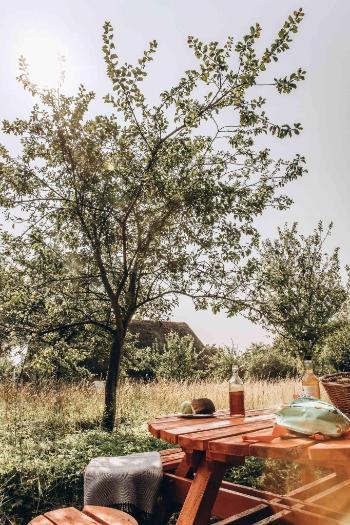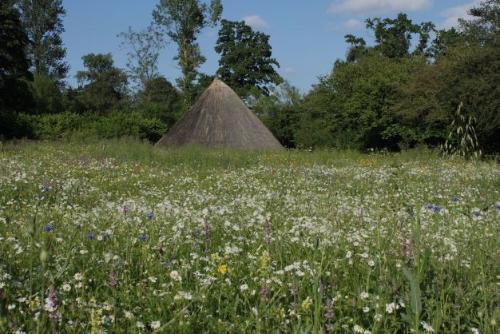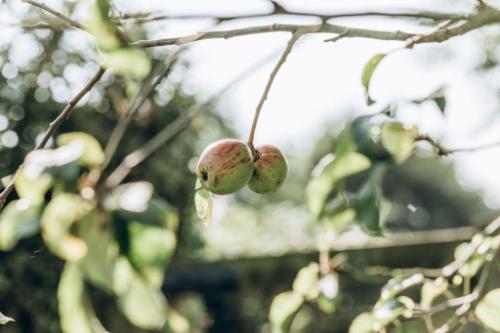Overcoming feelings of intrusivity: My placement with Ryedale Folk Museum
Posted on 7 July 2022

Charlie Cayzer, MA Public History 2021/22
Situated in Hutton-le-Hole within the North York Moors National Park, the Ryedale Folk Museum is a folk heritage institution that aims to present life in the Yorkshire Moors across the centuries. The museum combines relocated structures, garden and farm displays, collections of items for social and folk history, and reenacted ‘living’ history approaches to create an immersive experience for visitors.
I was one of two research assistants for Rosie, a freelancer who manages the museum’s social media and marketing. Our brief was to aid staff and visitor understanding of the site itself - we produced a volunteer-centred information pack, a proposal for garden redevelopments, along with social media content.

I was fascinated by the ways the site highlights the lives and traditions of agricultural working families, radically subverting the elite-centred approach taken by some museums. Founded amidst the late twentieth-century turn towards social history, this form of public history broadens the concept of heritage value beyond traditional means to encompass almost every element of the material world. I noticed that the Ryedale Folk Museum creates a ‘museum village’ by combining elements of folk culture, social ecology and historical archaeology. You can see a volunteer in-costume below, helping to build an immersive environment for visitors in the recreated Victorian cottage garden.
This ties into the scholarship I was reading on the folk museum tradition, with parallels with its contemporaries Weald and Downland Open Air Museum and Beamish Museum who recreate period environments of regional England. This led to me witnessing the relationships between the primary agents in this place-centred heritage institution, these being the staff, the volunteers and the public. My end-of-module essay therefore reflected on the interplay of different forms of authority in the history discipline. My experiences built upon prior living history work with Castell Henllys Iron Age Fort in Pembrokeshire, granting me an understanding of how community-centred history translates into the heritage industry at large.

Yet as I began researching for my placement I noticed a feeling of intrusivity as a researcher, especially as my historical expertise and research was at times unsuitable for the Ryedale Folk Museum’s exhibition of the North York Moors, its histories and its inhabitants. This was highlighted by our supervisor’s insightful comments that our initial research relied too heavily on rural narratives from southern England (such as Mary Russell Mitford’s nineteenth-century accounts of pastoral life in Berkshire), and on studies that do not accurately reflect the socio-economic pasts of the Hutton-le-Hole area (such as English aristocratic gardens or the English agricultural revolution’s Dutch influences). This revealed huge flaws in my research processes in the English south-centrism of my expertise and historical familiarities, something I would have struggled to overcome in work post-MA! In this way my positionality as a researcher was revealed to me, both in the nature of my research outputs and in my place within the museum’s institutional relationships.
Another key lesson was that our digital content had to be framed for the etiquette of social media, requiring me to find a balance between including local voices without coming across as patronising or as though I was ‘dumbing down’ the histories. For example, in my Shrove Tuesday facebook post I attempted to tie key historical information into elements which the public would relate their own experiences with: 'Have you done your shopping yet for pancake-making? Nowadays, many of us have to make an effort to buy the necessary ingredients, but traditionally making pancakes was a way to use up rich foods before Lent’.

Overall, my favourite takeaway from this placement was that it required me to reflect on my research approach. Though we fulfilled the placement brief, I was met with challenges concerning the positional nature of my research approach, and the politics of authority within the museum itself. This placement encouraged me to develop both academically and professionally, building an ability of listening to the stakeholders involved in my research. During the course of this auto-ethnographic exercise, I found that in order to become a more effective and respectful researcher I must consciously address my own cognitive biases. This is not only in terms of the resources I use and the perspectives I begin from, but crucially in how to frame my research for a public audience. By doing so, a researcher becomes able to mitigate feelings of intrusivity by presenting findings appropriately, responding to community feedback on the nature and style of research outputs.
